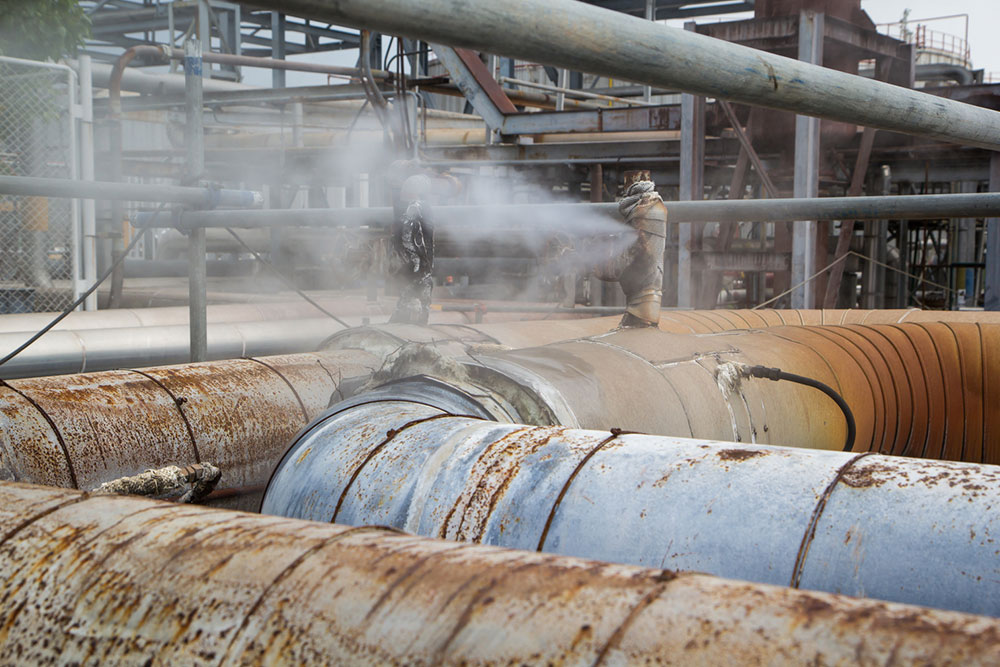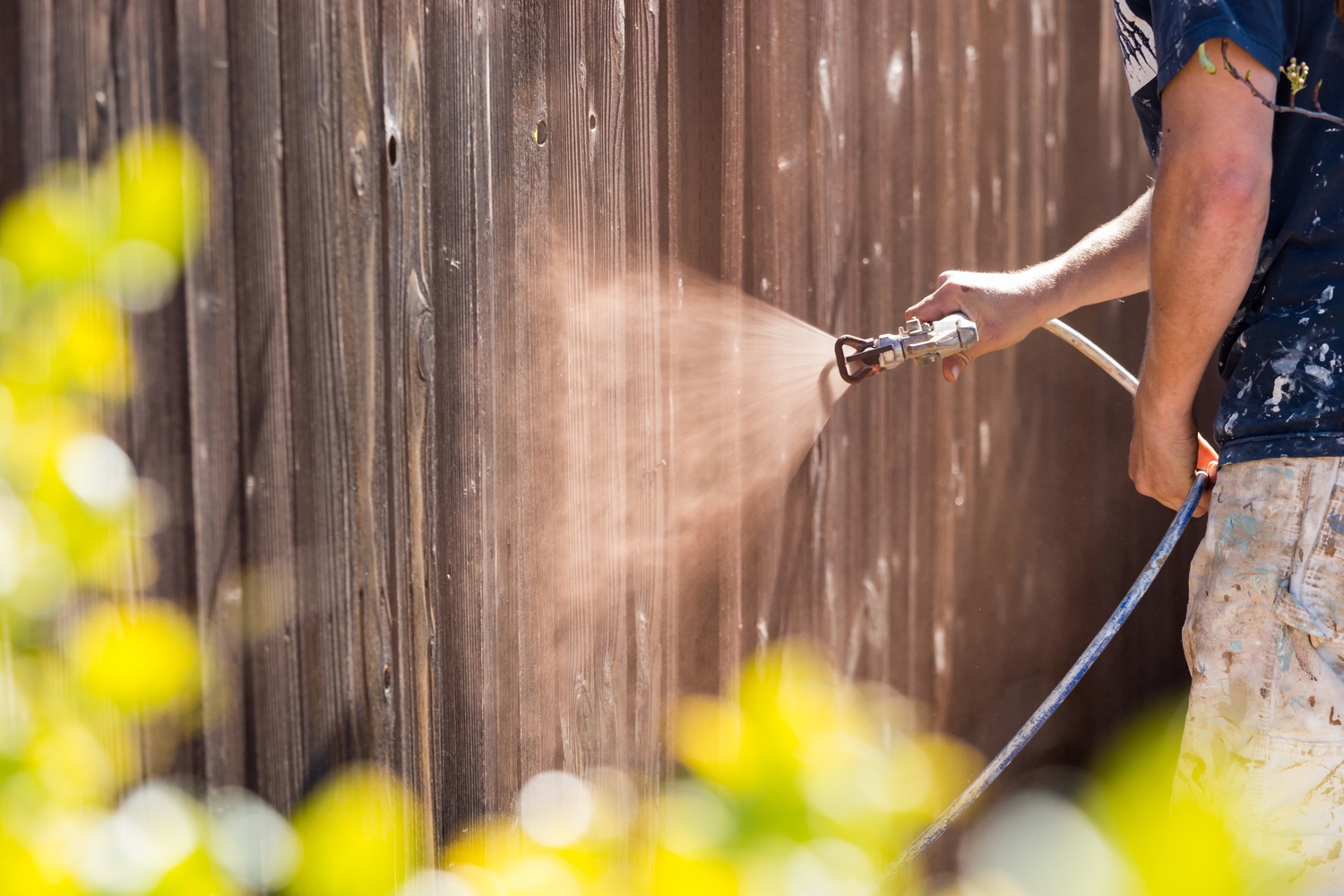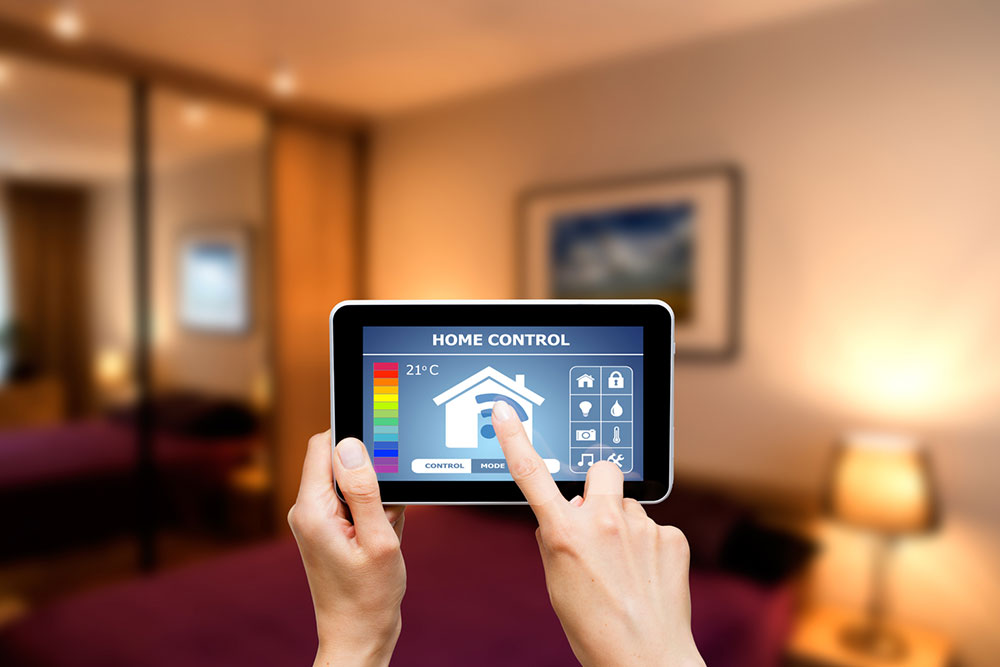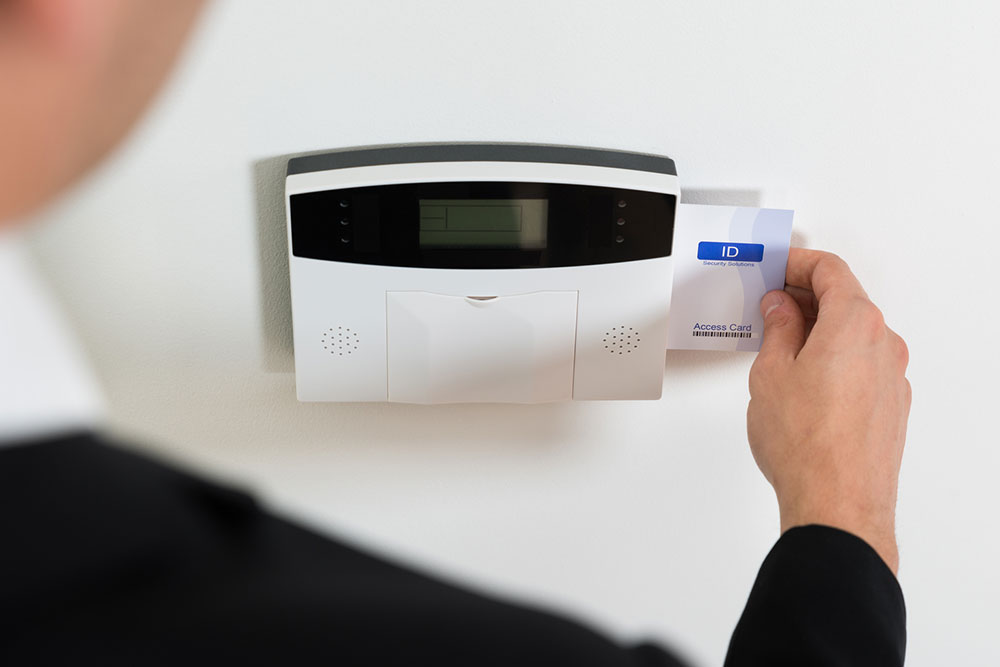Top 9 Techniques for Detecting Gas Leaks Quickly
Discover effective methods for detecting gas leaks quickly and safely. From monitoring usage and using detectors to visual signs and professional inspections, learn how to identify leaks early and prevent hazards. Prompt detection is crucial for safeguarding health, environment, and property, especially in homes and industrial settings. This guide covers common causes, warning signs, and practical steps to detect and address gas leaks efficiently, ensuring safety and peace of mind.

Top 9 Techniques for Detecting Gas Leaks Quickly
Natural gas delivery through pipelines serves many functions, from cooking to powering appliances. Despite safety certifications, leaks can still occur, risking health and environmental safety. Prompt detection prevents costly repairs and hazards. Understanding how to recognize gas leaks is essential for homeowners and professionals alike.
Common Causes of Gas Leaks
Incorrect pressure levels within the gas system
Damage caused by excavation or construction work
Nearby explosions impacting pipelines
Corrosion or failure of equipment
Heavy objects placed over subterranean pipes
Leaks in water mains affecting surrounding surfaces
Accumulation of ice or snow around gas meters and lines
Natural disasters like earthquakes or floods
Methods to Detect Gas Leaks
1.
Unusual Gas Bill
If your gas bill suddenly spikes unexpectedly, it could signal a leak. Monitoring monthly usage against a known baseline helps identify irregularities that suggest escape of gas. Keeping track over time allows homeowners to detect potential leaks early and take timely action.
2. Employ Gas Leak Detectors
Handheld or fixed gas detectors are highly effective for rapid leak detection. They sense the presence of natural or propane gas and alert users through alarms, enhancing safety and preventing disasters.
The detectors are designed to monitor gas concentrations in the home environment. When a leak is detected, an audible alarm sounds, prompting immediate response.
Being attentive to your surroundings also helps. Signs include a hissing sound or the smell of rotten eggs, which indicates possible leaks. Visual signs like discoloration on walls or stains near pipes are additional warnings.
Applying soapy water on suspected pipe joints can reveal leaks through bubbling. External signs such as bubbles in wet soil or around ground-level pipes suggest underground leaks, which require professional assessment.
Inspecting stove flames—color shifts from blue to orange or red—can reveal dangerous gas buildup. Withered or yellowing plants near the home may also indicate leaks affecting root oxygen intake.
Health symptoms like headaches, nausea, or fatigue could be signs of gas poisoning. Immediate medical attention and airing out spaces are crucial.
For complex cases, hiring specialized leak detection services ensures accurate identification and repairs, leveraging advanced tools and techniques to safeguard your household.










